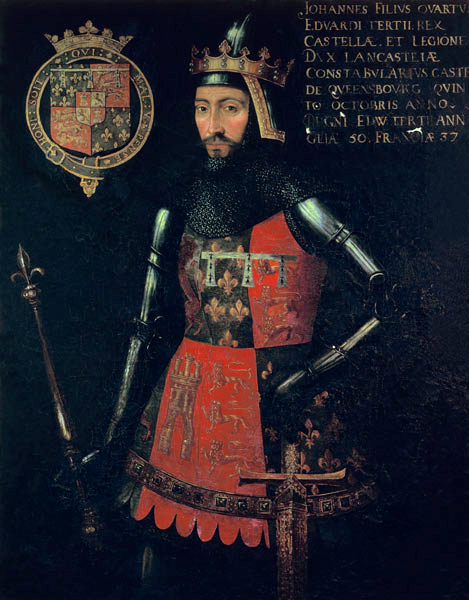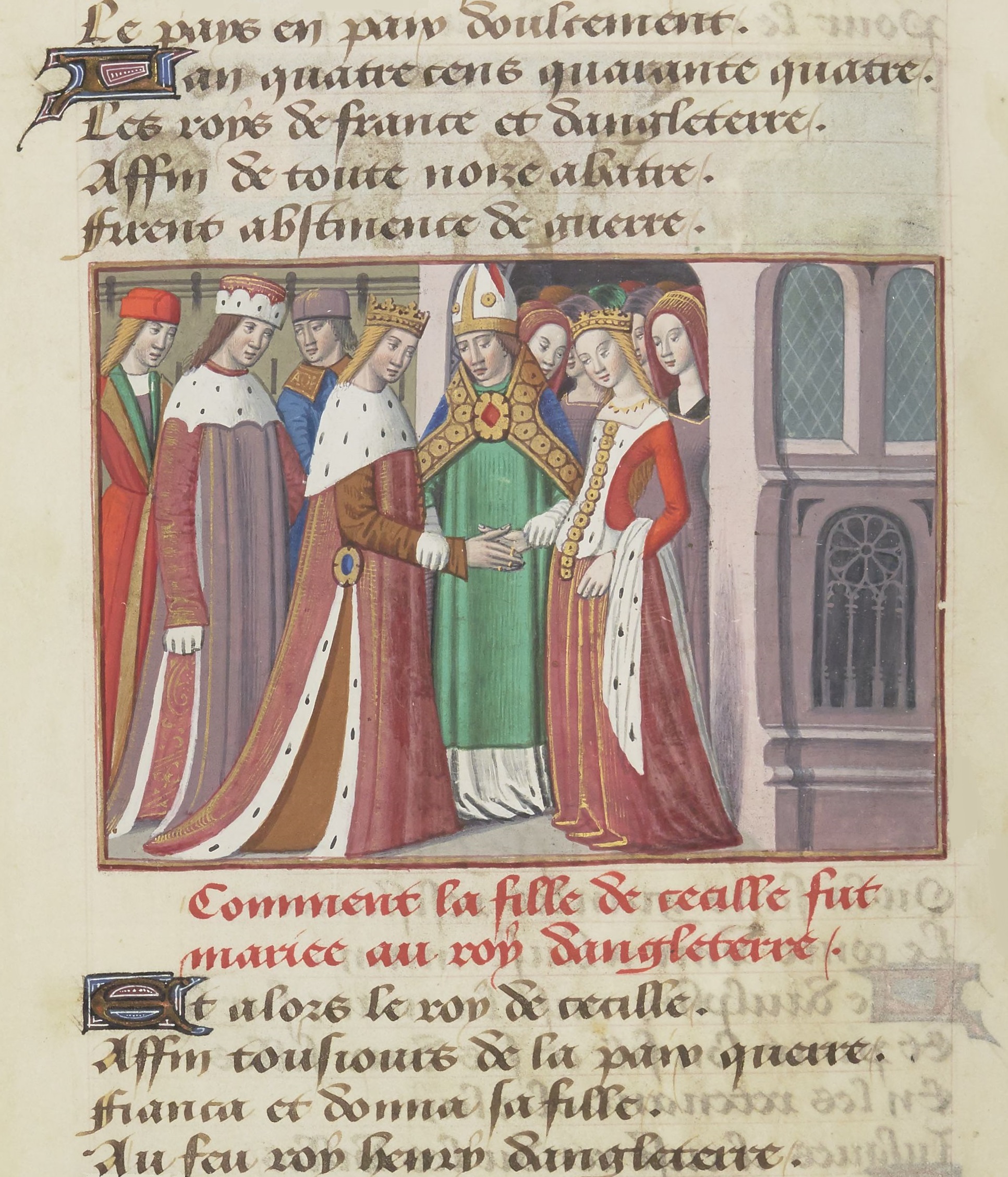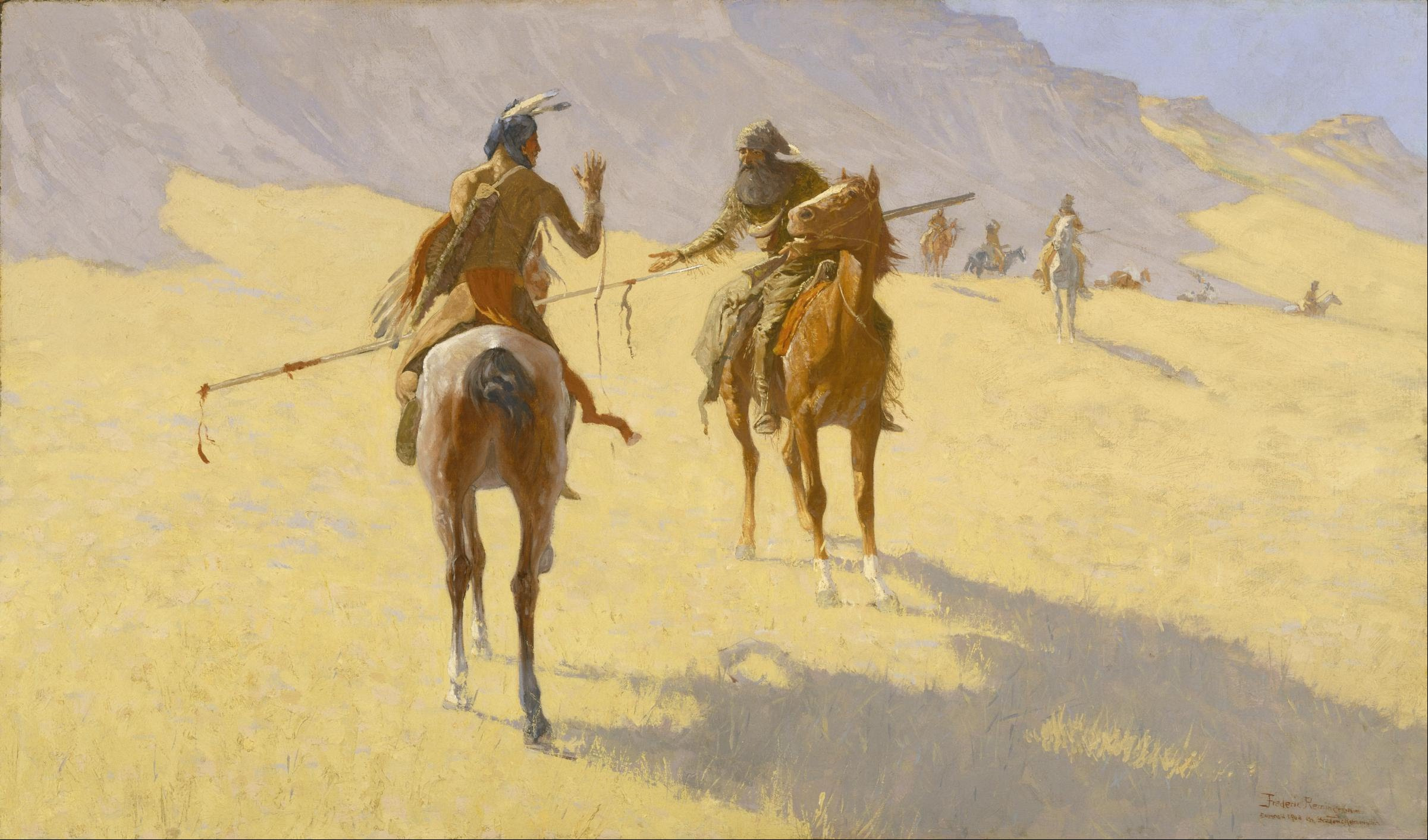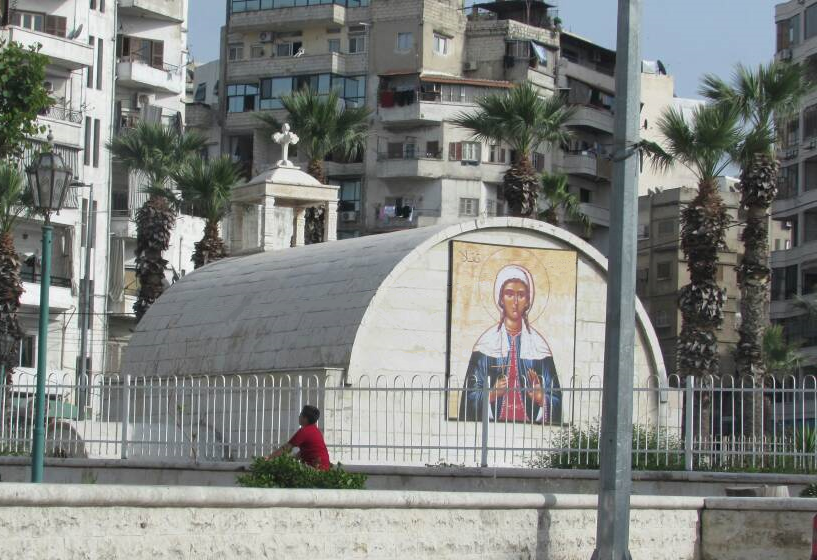|
Battle Of Blore Heath
The Battle of Blore Heath took place during the English Wars of the Roses on 23 September 1459, at Blore Heath, Staffordshire. Blore Heath is a sparsely populated area of farmland two miles east of the town of Market Drayton in Shropshire, and close to the village of Loggerheads, Staffordshire. Background After the First Battle of St Albans in 1455, an uneasy peace held in England. Attempts at reconciliation between the houses of Lancaster and York enjoyed marginal success. However, both sides became increasingly wary of each other and by 1459 were actively recruiting armed supporters. Queen Margaret of Anjou continued to raise support for King Henry VI amongst noblemen, distributing an emblem of a silver swan to knights and squires enlisted by her personally, whilst the Yorkist command under the Duke of York was finding plenty of anti-royal support despite the severe punishment for raising arms against the king. The Yorkist force based at Middleham Castle, Yorkshire (led ... [...More Info...] [...Related Items...] OR: [Wikipedia] [Google] [Baidu] |
Wars Of The Roses
The Wars of the Roses, known at the time and in following centuries as the Civil Wars, were a series of armed confrontations, machinations, battles and campaigns fought over control of the English throne from 1455 to 1487. The conflict was fought between supporters of the House of Lancaster and House of York, two rival cadet branches of the royal House of Plantagenet. The conflict resulted in the end of Lancaster's male line in 1471, leaving the Tudors of Penmynydd, Tudor family to inherit their claim to the throne through the female line. Conflict was largely brought to an end upon the union of the two houses through marriage, creating the Tudor dynasty that would subsequently rule England. The Wars of the Roses were rooted in English socio-economic troubles caused by the Hundred Years' War (1337–1453) with France, as well as the quasi-military bastard feudalism resulting from the powerful duchies created by King Edward III. The mental instability of King Henry VI of Englan ... [...More Info...] [...Related Items...] OR: [Wikipedia] [Google] [Baidu] |
Margaret Of Anjou
Margaret of Anjou (; 23 March 1430 – 25 August 1482) was Queen of England by marriage to King Henry VI from 1445 to 1461 and again from 1470 to 1471. Through marriage, she was also nominally Queen of France from 1445 to 1453. Born in the Duchy of Lorraine into the House of Valois-Anjou, Margaret was the second eldest daughter of René of Anjou King of Naples, and Isabella, Duchess of Lorraine. Margaret was one of the principal figures in the series of dynastic civil wars known as the Wars of the Roses and at times personally led the Lancastrian faction. Some of her contemporaries, such as the Duke of Suffolk, praised "her valiant courage and undaunted spirit" and the 16th-century historian Edward Hall described her personality in these terms: "This woman excelled all other, as well in beauty and favour, as in wit and policy, and was of stomach and courage, more like to a man, than a woman". Owing to her husband's frequent bouts of insanity, Margaret ruled the kingdom ... [...More Info...] [...Related Items...] OR: [Wikipedia] [Google] [Baidu] |
Medieval Warfare
Medieval warfare is the warfare of the Middle Ages. Technological, cultural, and social advancements had forced a severe transformation in the character of warfare from antiquity, changing military tactics and the role of cavalry and artillery (see military history). In terms of fortification, the Middle Ages saw the emergence of the castle in Europe, which then spread to the Holy Land (modern day Israel and Palestine). Organization The medieval knight was usually a mounted and armoured soldier, often connected with nobility or royalty, although (especially in north-eastern Europe) knights could also come from the lower classes, and could even be enslaved persons. The cost of their armour, horses, and weapons was great; this, among other things, helped gradually transform the knight, at least in western Europe, into a distinct social class separate from other warriors. During the crusades, holy orders of Knights fought in the Holy Land (see Knights Templar, the Hospitalle ... [...More Info...] [...Related Items...] OR: [Wikipedia] [Google] [Baidu] |
Parley
A parley (from – "to speak") is a discussion or conference, especially one designed to end an argument or hostilities between two groups of people. As a verb, the term can be used in both past and present tense; in present tense the term is referred to as parleying. In some cases, opposing parties would signal their intent to invoke parley by using a white flag, however the use of a white flag to invoke or request parley is not considered mandatory. The term ''parley'' has been used to refer to numerous high-profile meetings of the 20th century, including the London and Paris Conferences held in 1954 to determine the status of West Germany. In popular culture Below are some examples where a parley is a significant element of the plot. * ''The Last of the Mohicans'' features a scene depicting a parley at the end the siege of Fort William Henry. * In the ''Pirates of the Caribbean'' series, parley is a plot device introduced in the first film, '' Pirates of the Caribb ... [...More Info...] [...Related Items...] OR: [Wikipedia] [Google] [Baidu] |
Laager
A wagon fort, wagon fortress, wagenburg or corral, often referred to as circling the wagons, is a temporary fortification made of wagons arranged into a rectangle, circle, or other shape and possibly joined with each other to produce an improvised military camp. It is also known as a laager (from Afrikaans), especially in historical African contexts, and a tabor (from Polish/Ukrainian/Russian) among the Cossacks. Overview Ammianus Marcellinus, a Roman army officer and historian of the 4th century, describes a Roman army advancing "ad carraginem" as they approach a Gothic camp, notably during the battle of Adrianople. Historians interpret this as a wagon-fort. Notable historical examples include the Hungarians using it during the Hungarian invasions of Europe, the Hussites, who called it ''vozová hradba'' ("wagon wall"), known under the German translation ''Wagenburg'' ("wagon fort/fortress"), ''tabors'' in the armies of the Polish–Lithuanian Commonwealth and Cossacks, and ... [...More Info...] [...Related Items...] OR: [Wikipedia] [Google] [Baidu] |
Newcastle-under-Lyme
Newcastle-under-Lyme is a market town and the administrative centre of the Borough of Newcastle-under-Lyme in Staffordshire, England. It is adjacent to the city of Stoke-on-Trent. At the 2021 United Kingdom census, 2021 census, the population was 75,082. Newcastle grew up in the twelfth century around the castle which gave the town its name, and received its first charter in 1173. The town's early industries included Hatmaking, millinery, silk weaving, and coal mining, but despite its proximity to the Staffordshire Potteries, Potteries it did not develop a ceramics trade. Toponym The name "Newcastle" is derived from a mid-12th century motte and bailey that was built after Stephen, King of England, King Stephen granted lands in the area to Ranulf de Gernon, 4th Earl of Chester, Ranulf de Gernon, Earl of Chester; the land was known for his support during the civil war known as The Anarchy. The element ''Lyme'' is found throughout the locality, such as in Lyme Brook and the Fore ... [...More Info...] [...Related Items...] OR: [Wikipedia] [Google] [Baidu] |
Hedge (barrier)
A hedge or hedgerow is a line of closely spaced (3 feet or closer) shrubs and sometimes trees, planted and trained to form a barrier or to mark the boundary of an area, such as between neighbouring properties. Hedges that are used to separate a road from adjoining fields or one field from another, and are of sufficient age to incorporate larger trees, are known as hedgerows. Often they serve as windbreaks to improve conditions for the adjacent crops, as in bocage country. When clipped and maintained, hedges are also a simple form of topiary. A hedge often operates as, and sometimes is called, a "live fence". This may either consist of individual fence posts connected with wire or other fencing material, or it may be in the form of densely planted hedges without interconnecting wire. This is common in tropical areas where low-income farmers can demarcate properties and reduce maintenance of fence posts that otherwise deteriorate rapidly. Many other benefits can be obtained de ... [...More Info...] [...Related Items...] OR: [Wikipedia] [Google] [Baidu] |
Thecla
Thecla (, ) was a saint of the early Christian Church, and a reported follower of Paul the Apostle. The earliest record of her life comes from the ancient apocryphal '' Acts of Paul and Thecla''. Church tradition The ''Acts of Paul and Thecla'' is a 2nd-century text () which forms part of the ''Acts of Paul'', but was also circulated separately. According to the text, Thecla was a young noble virgin from Iconium who chose to leave her fiancé so she could convert to Christianity and follow Paul. In the text, it is said that Thecla spent three days sitting by her window, listening to Paul speak about the Christian God and the importance of living in chastity. Thecla's mother, Theoclia, and fiancé, Thamyris, became concerned that Thecla was going to follow Paul's teachings. They turned to local authorities to punish Paul for being a Christian and "mak ngvirgins averse to marriage". Paul was sent to prison, where Thecla visited him, kissed his bonds, and refused to leave him and ... [...More Info...] [...Related Items...] OR: [Wikipedia] [Google] [Baidu] |
James Touchet, 5th Baron Audley
James Tuchet, 5th Baron Audley, 2nd Baron Tuchet (c. 1398 – 23 September 1459) of Heleigh Castle was an English peer. James Tuchet, 5th Baron Audley, son of Elizabeth Stafford and her husband John Tuchet, 4th Baron Audley, was a distinguished veteran of the Hundred Years' War. In the opening phase of the Wars of the Roses he raised troops from his estates in Cheshire, Shropshire, Staffordshire and Derbyshire and commanded the Lancastrian force that moved to block the Yorkist Earl of Salisbury's route to Ludlow where he intended linking up with the rest of the Yorkist army. The two forces clashed in the Battle of Blore Heath on 23 September 1459 and Audley was killed by Sir Roger Kynaston of Stocks near Ellesmere (Kynaston incorporated emblems of the Audley coat-of-arms into his own). Audley's Cross still stands on the battlefield marking the spot where he died. Audley was buried in Darley Abbey, north of Derby, about away from Blore Heath. The Abbey no longer stands, ... [...More Info...] [...Related Items...] OR: [Wikipedia] [Google] [Baidu] |
English Midlands
The Midlands is the central region of England, to the south of Northern England, to the north of southern England, to the east of Wales, and to the west of the North Sea. The Midlands comprises the ceremonial counties of Derbyshire, Herefordshire, Leicestershire, Lincolnshire, Northamptonshire, Nottinghamshire, Rutland, Shropshire, Staffordshire, Warwickshire, West Midlands (county), West Midlands and Worcestershire. For statistical purposes, the Midlands is divided into two Regions of England, statistical regions: the West Midlands (region), West Midlands and East Midlands. These had a combined population of 10.9 million at the 2021 United Kingdom census, 2021 census, and an area of . The northern part of Lincolnshire is part of the Yorkshire and the Humber statistical region, and not part of the Midlands. The modern borders of the Midlands also correspond broadly to the early-medieval kingdom of Mercia. The region became important in the Industrial Revolution of the 18th and 1 ... [...More Info...] [...Related Items...] OR: [Wikipedia] [Google] [Baidu] |
Ludlow Castle
Ludlow Castle is a ruined medieval fortification in the Ludlow, town of the same name in the English county of Shropshire, standing on a promontory overlooking the River Teme. The castle was probably founded by Walter de Lacy (died 1085), Walter de Lacy after the Norman Conquest and was one of the first stone castles to be built in England. During the The Anarchy, civil war of the 12th century the castle changed hands several times between the de Lacys and rival claimants, and was further fortified with a keep, Great Tower and a large outer bailey. In the mid-13th century, Ludlow was passed on to Geoffrey de Geneville, 1st Baron Geneville, Geoffrey de Geneville, who rebuilt part of the inner bailey, and the castle played a part in the Second Barons' War. Roger Mortimer, 1st Earl of March, Roger Mortimer acquired the castle in 1301, further extending the internal complex of buildings. Richard, Duke of York, inherited the castle in 1425, and it became an important symbol of Yorki ... [...More Info...] [...Related Items...] OR: [Wikipedia] [Google] [Baidu] |
Yorkshire
Yorkshire ( ) is an area of Northern England which was History of Yorkshire, historically a county. Despite no longer being used for administration, Yorkshire retains a strong regional identity. The county was named after its county town, the city of York. The south-west of Yorkshire is densely populated, and includes the cities of Leeds, Sheffield, Bradford, Doncaster and Wakefield. The north and east of the county are more sparsely populated, however the north-east includes the southern part of the Teesside conurbation, and the port city of Kingston upon Hull is located in the south-east. York is located near the centre of the county. Yorkshire has a Yorkshire Coast, coastline to the North Sea to the east. The North York Moors occupy the north-east of the county, and the centre contains the Vale of Mowbray in the north and the Vale of York in the south. The west contains part of the Pennines, which form the Yorkshire Dales in the north-west. The county was historically borde ... [...More Info...] [...Related Items...] OR: [Wikipedia] [Google] [Baidu] |









